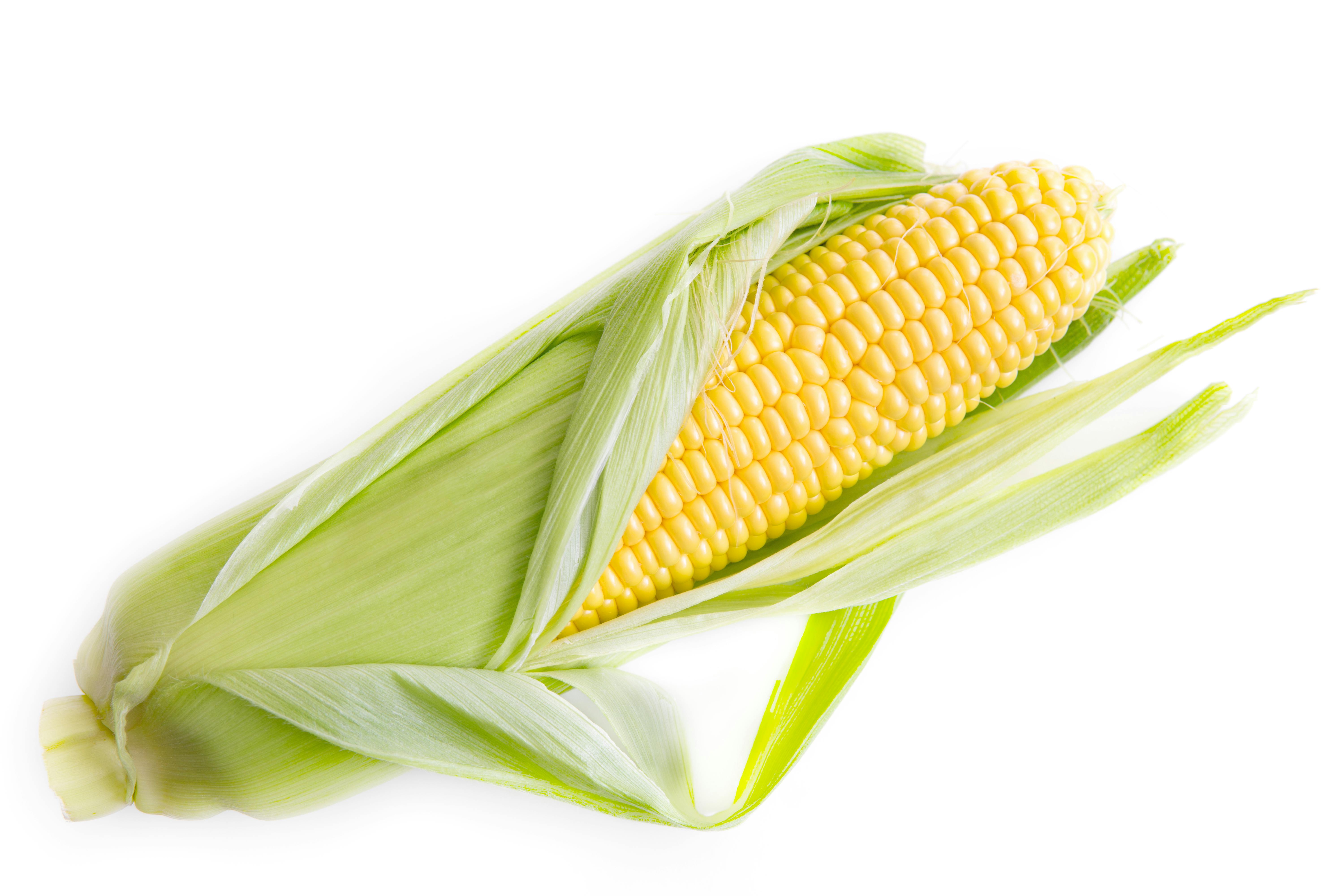Smart Ways to Carve a Chicken for Perfect Portions in 2025
The art of chicken carving is a skill that not only enhances the presentation of your meal but also ensures that each portion is evenly distributed among diners. In 2025, various chicken carving techniques have evolved, making it easier for anyone to master how to carve a chicken and impress their guests. This article will guide you through the best chicken carving methods, offering insights on carving chicken breasts, separating thighs, and carving legs with grace. Understanding the anatomy of the chicken is essential for optimal chicken carving and delicious yields. Proper chicken carving doesn't just make for an aesthetically pleasing plate but also aids in maximizing the flavor of the meat. By learning these effective chicken carving tips and tricks, you'll be able to serve chicken with confidence, whether for a family dinner or a special occasion. We'll cover everything from the best knives for carving chicken to presenting the finished product beautifully. Get ready to delve into the world of chicken carving and elevate your culinary skills.The Importance of Proper Chicken Carving Techniques
Carving a chicken correctly is crucial for several reasons. First, the way you cut the chicken can drastically influence the overall dining experience. Mastering chicken carving techniques will allow you to present the dish attractively, making it more appealing and appetizing for your guests. Second, understanding the anatomy of the chicken will help you locate the joints and muscles, making it easier to carve each section without excessive effort or wasted meat. As we explore the best chicken carving methods, it is beneficial to practice and refine your skills, ensuring you can achieve perfection on any occasion. Lastly, proper carving can enhance the flavor and tenderness of the chicken. When you cut against the grain of the meat, you ensure a more enjoyable texture while maximizing juiciness. This article will guide you through the various aspects of chicken carving, focusing on easy carving methods that yield beautifully presented portions.Essential Tools and Utensils for Successful Chicken Carving
Before diving into the techniques, it’s vital to equip yourself with the right carving utensils. A sharp chicken carving knife is essential for making clean cuts without tearing the meat. Alongside your knife, consider investing in a quality chicken carving board with grooves to catch any juices, ensuring a clean workspace. In addition to a carving knife, having a sturdy set of forks or tongs can assist in holding the chicken in place while you carve. Remember, maintaining hygiene is crucial during this process. Always use separate utensils for handling raw and cooked chicken to prevent cross-contamination.Step-by-Step Chicken Carving Process
To get started on your carving journey, here’s a step-by-step chicken carving tutorial: 1. **Let the Chicken Rest:** Once your chicken is cooked, allow it to rest for about 10-15 minutes. This will let the juices redistribute, making the meat moist and flavorful. 2. **Remove the Legs:** Start by cutting through the skin around the chicken thigh joint. Pull the leg gently until you find the joint, and cut through it to separate the leg from the body. 3. **Separate the Thighs and Drumsticks:** After removing the legs, you can separate the thigh from the drumstick by finding the joint and cutting through it. 4. **Carve the Breasts:** For the breasts, slice down alongside the breastbone, taking care to follow the contours of the rib cage. Use smooth, even strokes to ensure clean cuts. 5. **Presenting the Carved Chicken:** Arrange the carved chicken artistically on a serving platter, ensuring that the distinct cuts, such as breasts and thighs, are clearly visible for a beautiful display. Utilizing these well-structured steps will enhance both your carving efficiency and the presentation quality of your carved chicken.Best Chicken Carving Practices to Avoid Common Mistakes
Building on the basic methods, let’s explore common chicken carving mistakes and how to avoid them. Many inexperienced cooks rush through the carving process, which leads to uneven portions or torn meat. By adopting best practices for chicken carving, you can prevent these pitfalls.Avoiding Pitfalls in Carving Chicken
One of the most critical mistakes is neglecting the resting period after cooking. Cutting the chicken too soon will lead to a dry product. Likewise, using dull knives can cause the meat to tear rather than slice cleanly, compromising presentation. Another common error is not having a proper understanding of chicken anatomy. Familiarizing yourself with how to cut a chicken will enable you to carve efficiently without wasting any meat. Practice makes perfect; therefore, consider doing a gradual practice on cheaper cuts before attempting more expensive chicken.Creative Ways to Use Carved Chicken
Once you’ve mastered the carving, the possibilities for serving carved chicken are endless. From simple sandwiches to extravagant salads, the versatility of carved chicken can elevate your culinary offerings. For example, you can use carved chicken in festive presentations for holiday gatherings alongside complementary sides and garnishes. Exploring different meal ideas with carved chicken, such as integrating it into traditional dishes or modern salads, can also enhance the flavor profile of your meals. Each preparation technique can offer a unique twist, allowing you to adapt chicken carving to various cultural dishes.Mastering Chicken Presentation Techniques
Presentation isn't just about how the chicken is carved; it's also about how it's served. Ideal garnishing techniques can transform your plate and impress your guests. Incorporate colorful vegetables, fresh herbs, or even fruit salsas to enhance visual appeal and depth of flavor in your meals. When serving carved chicken, consider using elegant platters that highlight the skillful cuts. Remember that the aim isn’t merely to serve; it’s to create a memorable dining experience that captivates all senses.Chicken Carving Best Practices for Beginners
If you’re new to chicken carving, don’t be intimidated! Following best practices can set you on the right path toward mastering the craft.Foundational Skills for Carving Chicken
Begin with the basics of chicken preparation. Learn about the different chicken cuts, their textures, and how they influence flavor profiles. Understanding chicken anatomy will form a solid foundation for your future carving endeavors. Additionally, watch chicken carving technique videos for visual guidance and practical demonstrations. Taking a chicken carving class could also offer hands-on experience and valuable insights from professionals.Overcoming Chicken Carving Anxiety
Many first-time carvers fear ruining their chicken; however, remember that practice is crucial. Start with smaller chickens or practice on whole chickens prepared for rustic meals. By continually honing your skills, you’ll gain assurance and learn to appreciate this culinary art. With each carving session, you’ll take another step towards becoming proficient in chicken carving, paving the way for more complicated techniques and innovative presentations.Conclusion: Elevate Your Chicken Carving Skills
By focusing on empowering methods to learn how to carve a chicken, you’ll enjoy enhanced culinary experiences. This guide has given you step-by-step methods, practical carving tips, and creative serving ideas to explore. Don’t hesitate to experiment with different techniques and approaches, ensuring that 2025 is the year you master chicken carving. Remember, the key to successful carving lies in practice, patience, and creativity. Happy carving!

